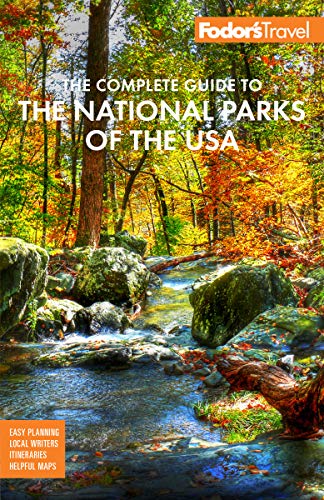Health
Hawaii is known as the Health State. The life expectancy here is 79 years, the longest in the nation. Balmy weather makes it easy to remain active year-round, and the low-stress aloha attitude certainly contributes to general well-being. When visiting the Islands, however, there are a few health issues to keep in mind.
The Hawaii State Department of Health recommends that you drink 16 ounces of water per hour to avoid dehydration when hiking or spending time in the sun. Use zinc-based sunblock, wear UV-reflective sunglasses, and protect your head with a visor or hat for shade. If you're not acclimated to warm humid weather you should allow plenty of time for rest stops and refreshments. When visiting freshwater streams, be aware of the tropical disease leptospirosis, which is spread by animal urine and carried into streams and mud. Symptoms include fever, headache, nausea, and red eyes. If left untreated, it can cause liver and kidney failure, respiratory failure, internal bleeding, and even death. To avoid this, don't swim or wade in freshwater streams or ponds if you have open sores and don't drink from any freshwater streams or ponds. Wash all locally grown leafy vegetables thoroughly to protect yourself against rat-lungworm disease.
On the Big Island, you may experience the effects of "vog," an airborne stew of gases released from volcanic vents at Kilauea. Depending on your location and the level of volcanic activity, you may notice a sulfur smell and hazy horizons. These gases can exacerbate respiratory and other health conditions, especially allergies, asthma or emphysema. Pregnant women are sometimes advised to avoid visiting the volcano, but ask your doctor to be certain. If susceptible, skip the volcano, stay indoors, and get emergency assistance if needed.
The Islands have their share of bugs and insects that enjoy the tropical climate as much as visitors do. Most are harmless but annoying. When planning to spend time outdoors in hiking areas, wear long-sleeve shirts and pants and use mosquito repellent. In very damp or rocky places, you may encounter the dreaded local centipede. Blue or brown in color, the centipedes can grow as long as eight inches but are not overly aggressive. If surprised, they might sting, which might feel like a bee or wasp sting. When camping, shake out your sleeping bag before climbing in, and check your shoes in the morning, as centipedes like warm, moist places. If planning on hiking or traveling in remote areas, always carry a first-aid kit and appropriate medications for sting reactions.




